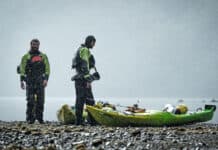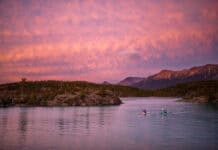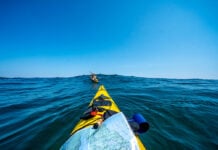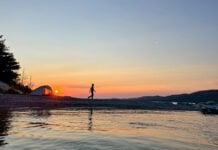Lately, I’ve noticed a pernicious gap between the trips I imagine going on—the big, ambitious ones—and the ones I have the time and resources to actually do.
This tends to be very discouraging, to the point I’m tempted just to stay home and try to do something useful. As common as it is to hear the advice to dream big, I believe adventure ambitions are more like a fire that will never grow if you load it with too much heavy fuel. Like my dream of kayaking for three months in Patagonia that just won’t ignite in the somewhat hypoxic environment of my full-time job and empty bank account. Fortunately, there is a solution to this disheartening condition, the best-ever tinder fuel to hack your adventure ambitions—microadventures.
Microadventures could save your soul from the grind of modern living
“A microadventure is an adventure that is short, simple, local, cheap—yet still fun, exciting, challenging, refreshing and rewarding,” explains Alastair Humphreys, the British adventurer who coined the term and wrote a book of the same title.
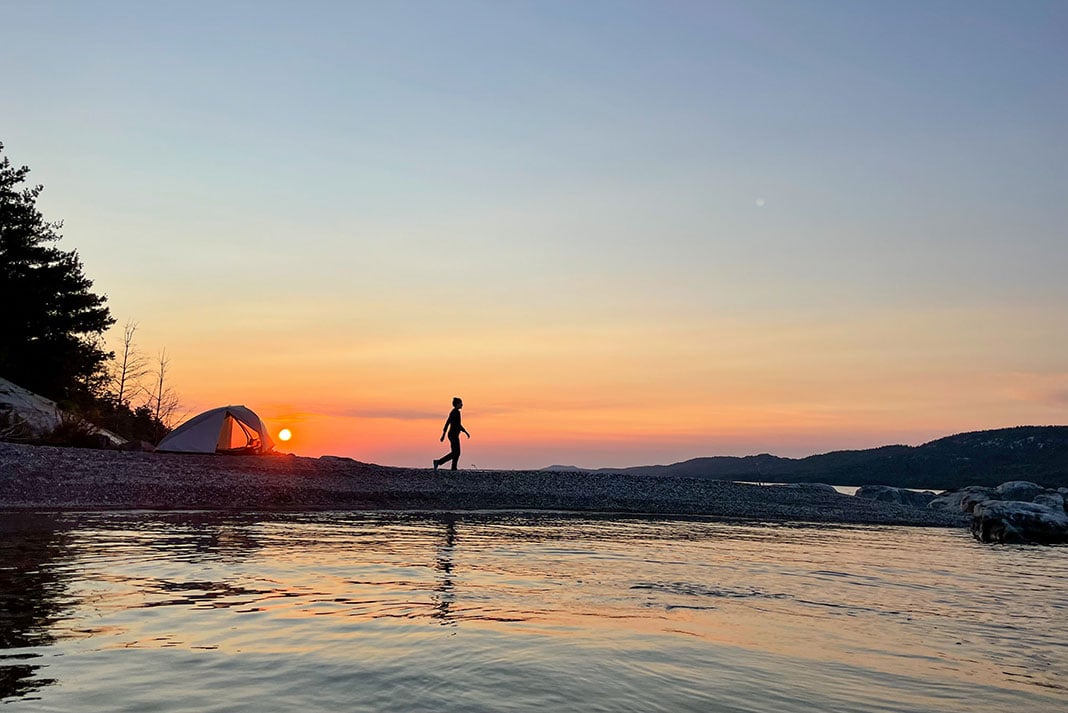
Although the concept of microadventures has been around for more than a decade, it is especially important now. Our era of cheap global travel and the glorification of exotic trips on social media has created rampant destination inflation that has cheapened shorter and more accessible trips. We’ve become so saturated with stories of other people’s grand expeditions we’ve become disenchanted with the smaller, local adventure opportunities all around us, the trips we can afford to squeeze in and around “the margins of real life,” as Humphreys puts it. We forget how worthwhile a paddle on a nearby lake or sleeping under the stars in a local park can be because those activities typically don’t garner accolades, nor the sponsorships to write and talk about them.
How Humphreys hit on his micro idea
Alastair Humphreys first came to prominence as an adventurer biking around the world, rowing oceans and walking across India. In 2011, he concluded all the things he loved about those extreme adventures—being in nature, going to new places, having fun and challenging himself—could be done equally well close to home.
“All those things are just a mindset; they’re in your head,” Humphreys says. “It doesn’t matter what you do. You just have to find a way, within the framework of your own life, to get out regularly, do a bit of exercise and get out into nature.”
Paddle at sunrise, cannonball into a lake, walk under a full moon, have a fire on the beach, identify birds—anything can be a microadventure.
The idea caught on. Humphreys went on to write two more books about microadventuring. His latest, Local, was published earlier this year and chronicled a year of exploring a different grid square on a map of his local area each week. The map’s square area was just 20 kilometers across.
There is an appetite for these stories because they unlock something so accessible yet forgotten: a treasure chest buried at our feet. They are the perfect antidote to destination inflation, reminding us there is a very rewarding match between the adventures we have the capacity to achieve and the satisfaction that can result from doing them.
A daily date with adventure
I discovered this principle before I’d heard of Humphreys. In 2021, I set a goal of running or paddling 10 kilometers a day for 100 days straight. I’d just come home from a two-week paddling trip that had ignited something inside me. I was tired of living below my capacity, not taking risks and spending too much time inside. My 100-day plan seemed so unimpressive compared to what the people on social media were up to, like doing 100 Ironmans in a row, that I wasn’t sure it was worth the bother. Yet, at the same time, I had so many doubts—could I even do it? What if I got injured or sick? The endeavor was just uncertain enough to spark my curiosity.
“When your regular 9 to 5 working day finishes, then begins the 5 to 9.”
—Alastair Humphreys
For a couple of weeks, it seemed like 100 days would never end. Gradually the 10 kilometers became something I just did each day, like brushing my teeth. I’d stop for trail runs by headlamp on the 5 a.m. commute to work. I joined my town’s Wednesday night group run. I met a friend for a hair-raising whitewater paddle after a rainstorm flooded our local river.
I loved the way my adventuring side hustle blurred the edges between a wild and free version of myself and the person I was at home, between the adventurous and the domestic. Stumbling through the mud, half-lost in the forest at one moment, home cooking dinner the next, I lived two lives like my great-great-grandfather, a sea captain, who was reputed to have wives and families on two continents. But minus the adultery and deception.
My microadventures, all 100 of them, inspired me in unexpected ways. I realized my preoccupation with other people’s accomplishments had blinded me to how short a stretch was required to exceed my own limitations. To arrive in a new place, you don’t have to go farther than anybody else; you just have to take one step beyond where you currently are. I got tired but was amazed by my body’s ability to adapt, plateau, ache and strain, and then adapt again. I got leaner and faster. I didn’t make a splash on social media, but I felt like people looked at me differently, and the experience filled me with a new feeling of potential. What more can I do? I wondered.
My daily commitment was a humble and undemanding habit asking very little of me, but it paid multitudes in return, a portal into a more abundant and expansive way of being each day. As Annie Dillard writes in Pilgrim at Tinker Creek, “The great door opens on the present, illuminates it as with a multitude of flashing torches.”
The magic faded when my 100-day streak ended. Here is where it helps to follow Humphreys’ advice to schedule microadventures into your life. Like the tourist attractions you never bother to visit in your hometown, microadventures are too easy to put off if you don’t approach them deliberately.
“One way I started doing that was to put into my diary, the first Wednesday of every month, ‘Go climb a tree,’” Humphreys explains. Another of his recommendations is to regularly sleep outside on a local hill—even on weeknights. “When your regular 9 to 5 working day finishes, then begins the 5 to 9 overnight microadventure time.”
Start small, but dream big
There’s no reason to say these small trips have to replace larger ones. I hope microadventuring is a gateway to reintroducing bigger adventures into my life—maybe even a kayak trip in Patagonia.
Then again, maybe small is good enough.
“I would never speak against people aspiring towards the adventure of a lifetime,” says Humphreys. “What microadventure offers up is the opportunity for a lifetime of living adventurously, just a little bit every day.”
Tim Shuff is a sea kayaker, firefighter and former editor of Adventure Kayak magazine.
The adventure of a lifetime or a life lived adventurously? | Feature photo: Virginia Marshall


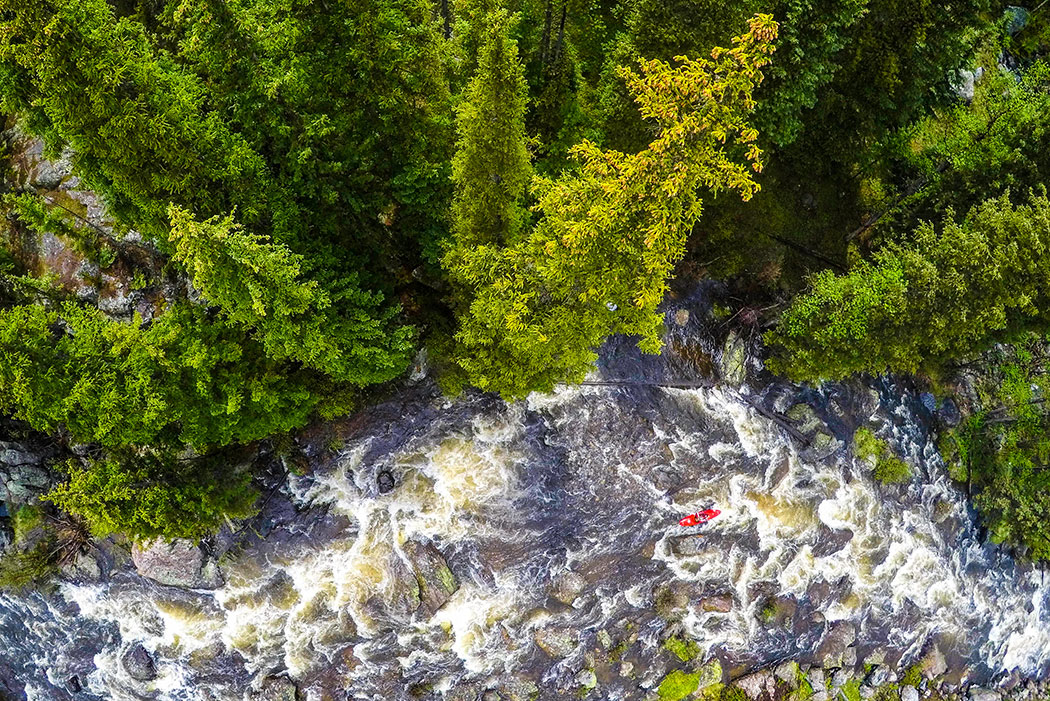
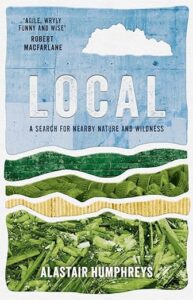
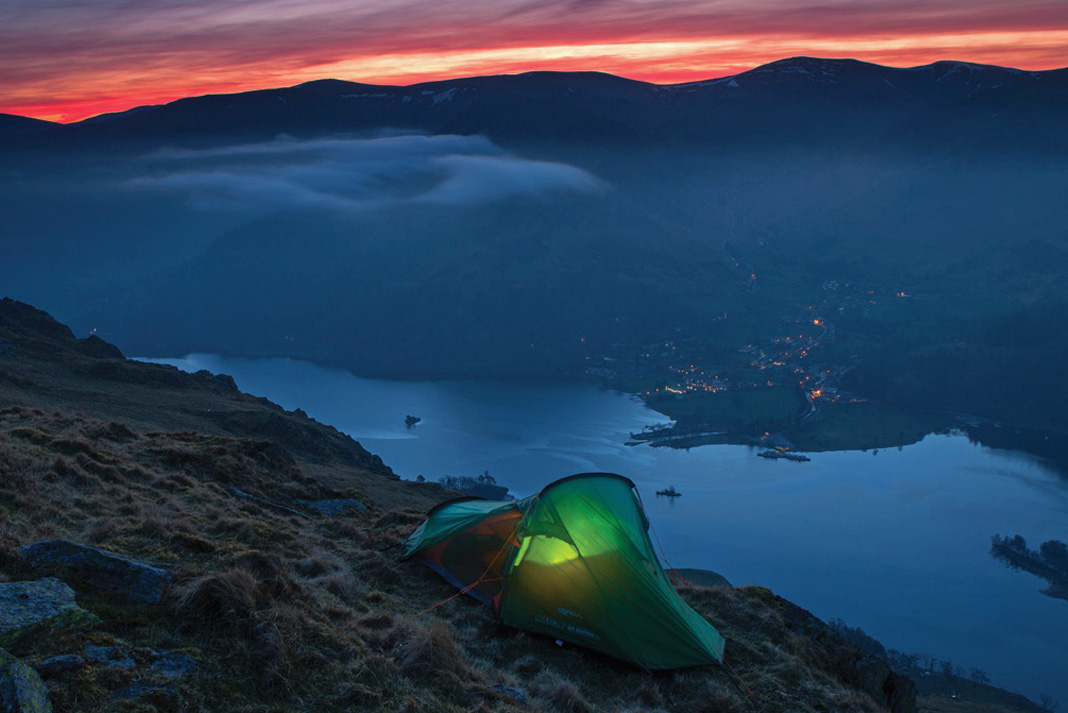
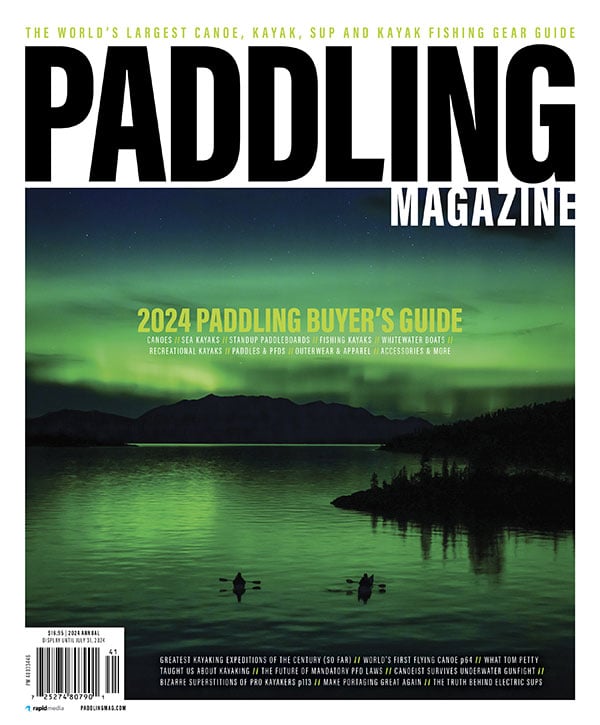 This article was first published in the Spring 2024 issue of Paddling Magazine.
This article was first published in the Spring 2024 issue of Paddling Magazine. 